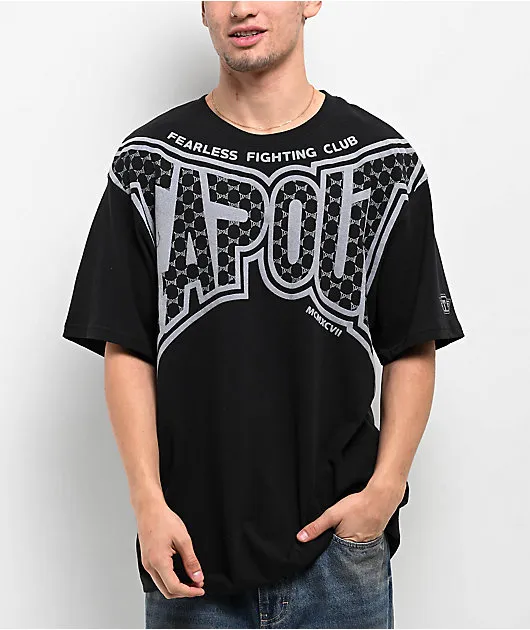Human hair is a top-rated product in the beauty industry, particularly among women who want to enhance or change their hairstyles using wigs, weaves, or extensions. With the increasing demand for human hair, there has been an inflow of items on the market, making it difficult to evaluate whether hair is high quality and worth the cost. Whether you’re buying hair for everyday usage, special events, or professional style, you must know how to distinguish between premium human hair and lower-quality substitutes. This blog will walk you through some essential elements to consider while looking for high-quality human hair for sale.
Understanding the Importance of Hair Origin
The origin of human hair is a crucial determinant of its quality. Hair from different areas can vary significantly in texture, longevity, and general look. Knowing where the hair originates will help you decide if it fits your needs best.
Hair is typically acquired from nations such as India, Brazil, Peru, and Malaysia, each with unique textures. Indian hair is famous due to its adaptability, allowing it to be straightened or curled while maintaining a healthy gloss. Brazilian hair is noted for its thick, full-bodied texture, while Peruvian hair is lightweight and voluminous. Malaysian hair is known for its smoothness and natural sheen.
It’s worth noting that the best human hair is frequently referred to as “Remy’s hair,” which means that the hair cuticles remain intact and aligned in the same direction, preventing tangling and maintaining a smooth, natural appearance. When looking for human hair for sale, inquire about its origin and whether it is Remy Hair to ensure you purchase a high-quality product.
Examining the Texture and Feel
When acquiring human hair, one of the most dependable ways to identify quality is to inspect the texture and feel of the hair. High-quality human hair will feel soft and smooth, with a uniform thickness from root to tip. Low-quality hair, on the other hand, may feel rough, brittle, or artificially silky as a result of chemical treatments or synthetic blends.
Run your fingers through your hair to check for snags or knots. Tangling can indicate low-quality hair, particularly if the cuticles are not aligned. Furthermore, premium human hair will have a natural movement and bounce that closely resembles your hair’s behavior. If the hair feels heavy or stiff, it may have been overprocessed or combined with synthetic fibers, affecting its longevity and attractiveness.
Also, consider the texture that best complements your natural hair or desired appearance. If you’re blending extensions with your hair, choosing a similar texture will help you achieve a seamless, natural look. Whether you want straight, wavy, curly, or kinky hair, high-quality human hair retains its texture after washing and styling.
Checking for Chemical Processing
One of the most common mistakes when buying human hair is unintentionally acquiring hair severely processed with chemicals. High-quality human hair should have undergone minimum chemical processing to protect its health and longevity. Hair exposed to harsh chemicals like bleach or dye can become dry, brittle, and prone to shedding.
Examine the color and scent of the hair to determine whether it has been chemically processed. Human hair, in its natural form, typically exhibits earthy tones such as black, dark brown, or off-black, depending on its origin. Hair that is exceptionally lustrous and has a solid or fake color may have been chemically treated. While it is usual for some human hair products to be dyed, especially if you are purchasing colored extensions or wigs, you should ensure that the hair is processed carefully. Its natural texture and strength are preserved.
Another approach to identifying chemically processed hair is to smell it. Human hair that has been extensively treated may emit a distinct chemical stench. If the hair smells strongly of bleach, perm solution, or other chemicals, it may indicate low-quality hair that will not survive long.
Determining the Longevity and Durability
When investing in human hair, longevity, and durability are essential elements. High-quality human hair can last many months to over a year with proper care. However, lower-quality hair may only last a few weeks before tangling, shedding, or losing luster.
To determine the hair’s durability, ask the seller how it has been treated and what upkeep is required. Premium human hair is often more resilient and easy to care for, allowing it to resist heat styling, washing, and regular wear without deterioration. Hair that has been steam-processed or treated with few chemicals is more likely to last longer, keeping its texture and appearance with daily use.
Another good measure of longevity is the hair’s ability to be restyled several times. High-quality human hair should be styleable, which means you can straighten, curl, or dye it without causing damage. If the hair appears brittle or loses texture after just one styling session, it could indicate that the quality has been affected.
Identifying the Right Price Range
When acquiring human hair, price is sometimes used as a quality measure. While everyone enjoys a reasonable price, it’s vital to realize that high-quality human hair has a cost. If the price appears too good to be true, it is most probable that the hair is synthetic, blended with synthetic fibers, or of inferior quality.
The easiest method to ensure you receive your money’s worth is to conduct extensive research and compare costs from several sellers. High-quality Remy human hair is often more expensive due to its more excellent texture, longevity, and the rigorous process of harvesting and protecting the hair cuticles. The hair’s length, volume, and texture will also influence the pricing. Longer, fatter bundles will undoubtedly cost more than shorter, thinner ones.
If you want a long-term solution for your hair, don’t be seduced by low prices. Investing in high-quality human hair from the outset will save you time and money in the long run because it lasts longer, requires less upkeep, and has a more natural appearance.
Conclusion
Purchasing human hair can be exciting and intimidating, especially given the abundance of options on the market. Understanding the importance of hair origin, inspecting the texture, checking for chemical processing, considering durability, and determining the appropriate price range will allow you to make an informed selection and invest in high-quality human hair that meets your demands. Whether you want to enhance your style with extensions, wigs, or weaves, these recommendations will help you avoid common traps and get the most incredible human hair for your specific beauty needs.



